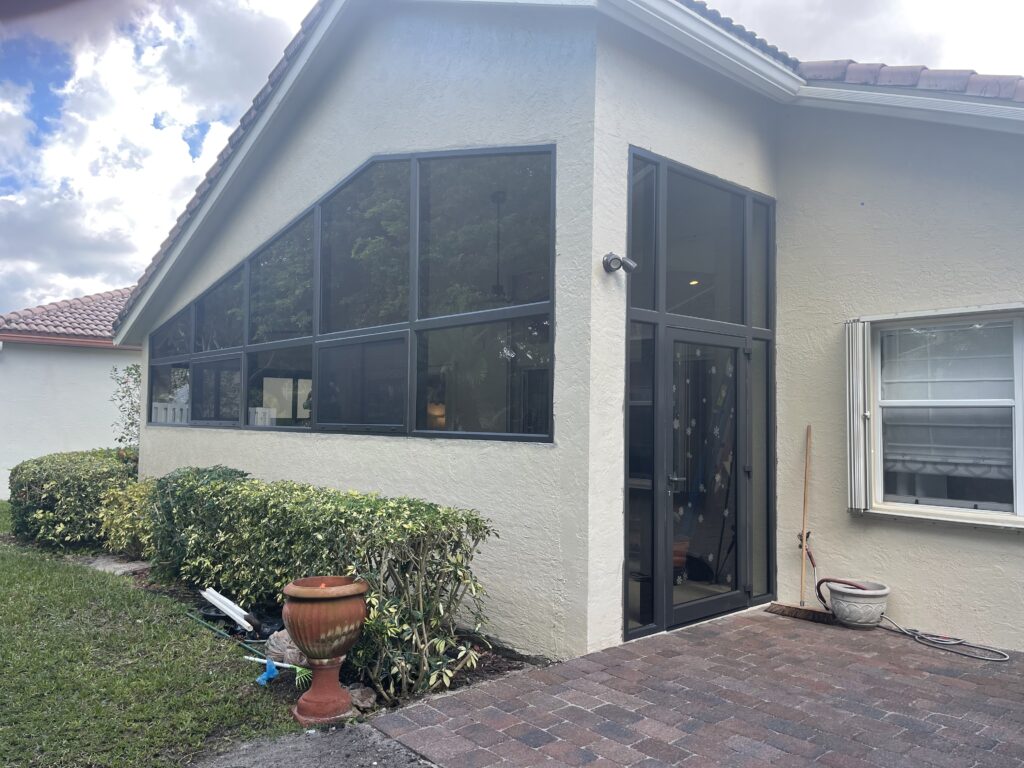
Sunrooms, often referred to as solariums or four-season rooms, are coveted home additions that allow homeowners to enjoy the beauty of the outdoors while staying comfortable indoors. These versatile spaces offer an array of benefits, from providing a cozy spot to enjoy the sun to expanding living space and increasing a home’s value. However, the cost of building a sunroom can be substantial, prompting many to wonder: Why are sunrooms so expensive? In this exploration, we will uncover the factors that contribute to the high costs of sunroom construction and help you understand the investment’s value.
The Appeal of Sunrooms
Before delving into the reasons for their cost, it’s essential to recognize the many advantages that sunrooms offer, which make them a popular choice for homeowners:
- Natural Light: Sunrooms allow ample natural light to filter into the home, creating a bright and inviting atmosphere.
- Year-Round Use: With proper insulation and climate control, sunrooms can be used year-round, making them valuable living spaces.
- Enhanced Aesthetics: The connection to the outdoors and the panoramic views offered by sunrooms add visual appeal to your home.
- Versatile Functionality: Sunrooms can serve various purposes, such as a lounge area, home office, dining space, or even a greenhouse.
- Increased Home Value: Well-designed and properly constructed sunrooms can significantly boost your property’s resale value.
Understanding the Expenses of Sunrooms
The cost of a sunroom can vary greatly depending on several key factors. Let’s examine these factors to understand why sunrooms tend to be expensive:
- Size and Complexity: The size and complexity of the sunroom play a significant role in determining the cost. Larger sunrooms with intricate designs, multiple windows, and unique features will naturally be more expensive to build.
- Foundation and Site Preparation: Preparing the foundation and site for the sunroom is a substantial expense. This includes excavation, concrete or flooring work, and addressing any existing structural issues.
- Materials: The choice of materials for the sunroom greatly influences the cost. High-quality materials, such as energy-efficient windows, durable frames, and weather-resistant roofing, will incur higher expenses.
- Insulation and Climate Control: Proper insulation and climate control are essential to make the sunroom comfortable year-round. This includes heating, cooling, and insulation materials to regulate temperature.
- Windows and Doors: Sunrooms are characterized by their extensive use of windows and doors, which can be costly. Energy-efficient and high-quality window systems will contribute to the overall expense.
- Roofing and Skylights: The type of roofing material and any skylights or roof windows will affect the price. Options such as glass, polycarbonate, or traditional shingles come with different price tags.
- Permits and Codes: Meeting local building codes and obtaining the necessary permits can add to the cost of a sunroom project.
- Labor Costs: Skilled labor is required for the design and construction of a sunroom, and the expertise and experience of contractors can impact the overall cost.
- Finishing and Furnishing: Decorating and furnishing the sunroom will add to the total expense. The choice of flooring, window treatments, and furniture can vary widely in cost.
- Utilities and Maintenance: The ongoing cost of heating, cooling, and maintenance should be factored into the overall expense of having a sunroom.
Additional Factors Contributing to the Cost
Apart from the tangible expenses outlined above, there are additional factors that drive up the cost of sunrooms:
- Customization: Many homeowners desire custom-designed sunrooms to match their unique preferences and the architectural style of their home. Customization usually comes at a premium price.
- Location and Climate: The climate of your region and the location of the sunroom about the sun’s path and prevailing winds can affect the need for additional features like insulation, heating, or cooling systems.
- Permits and Regulations: Obtaining permits and complying with local building codes are often mandatory but can be time-consuming and costly.
- Complexity of Design: Elaborate architectural designs, multiple angles, and unusual shapes can drive up labor and material costs.
- Quality of Materials: Opting for high-quality, energy-efficient, or specialized materials will contribute to the overall expense but often result in a more comfortable and durable sunroom.
The Value of a Well-Constructed Sunroom
While sunrooms may come with a significant price tag, they also offer substantial benefits and value:
- Increased Living Space: Sunrooms effectively expand your living space, providing a dedicated area for relaxation, entertainment, or work.
- Improved Well-Being: The abundance of natural light and proximity to nature can improve your mental and emotional well-being.
- Energy Efficiency: Well-insulated sunrooms can increase your home’s energy efficiency, reducing heating and cooling costs.
- Higher Property Value: A well-designed and properly constructed sunroom can enhance your property’s resale value and curb appeal.
- Versatility: Sunrooms are incredibly versatile, serving multiple functions and adapting to your changing needs.
- Connection to Nature: Sunrooms offer a unique way to connect with the outdoors, providing an oasis of comfort and tranquility.
Conclusion
Sunrooms are indeed a significant investment, but their many advantages and value make them well worth the expense. The cost of building a sunroom can be attributed to various factors, including size, complexity, materials, and customization. However, the benefits of a sunroom, such as increased living space, enhanced well-being, and energy efficiency, often outweigh the initial expense. When considering the construction of a sunroom, it’s essential to evaluate your specific needs and budget and to work with reputable professionals to design and build a sunroom that enhances your quality of life and adds value to your home.
